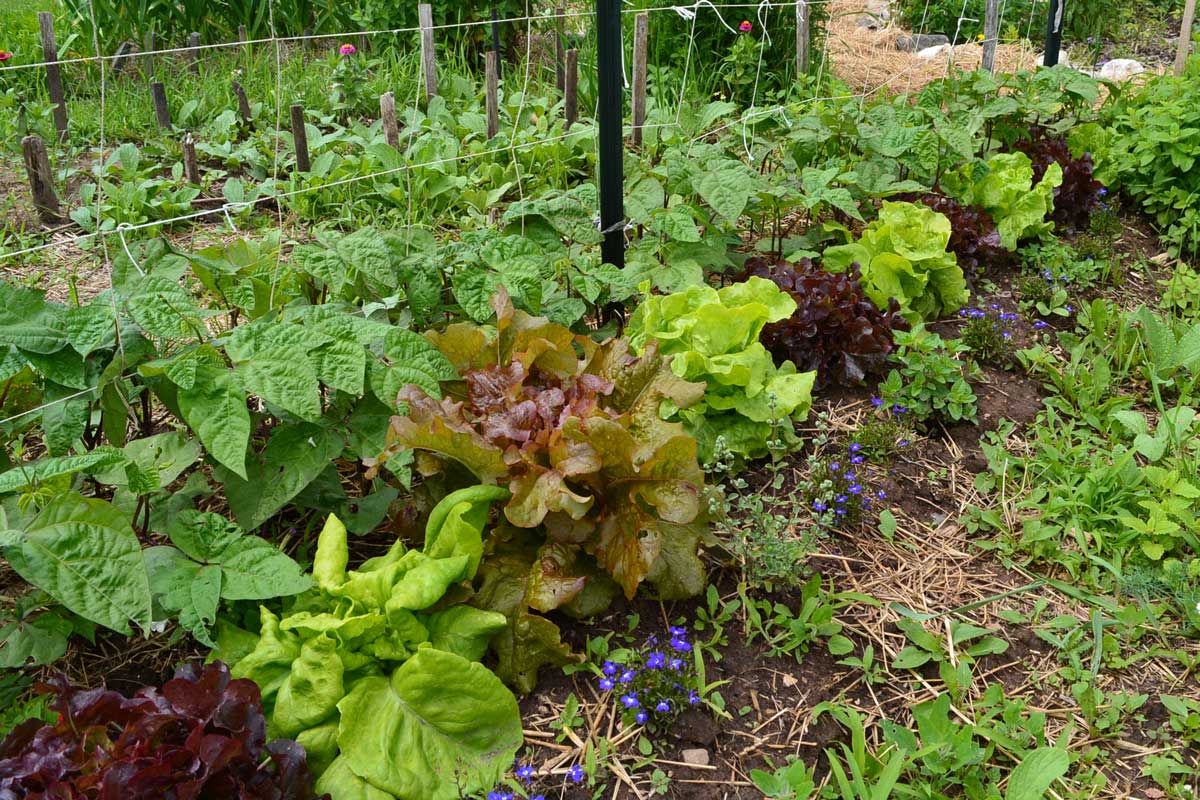
There are many different gardening terms flying around, but I hope the term “regenerative gardening” is here to stay. We'll explain what regenerative gardening is and why you want to use it to create your best home garden ever.
regenerative garden with biodiverse plantings.
What is Regenerative Gardening?
Regenerative gardening aims to rehabilitate and enhance the entire ecosystem of the garden. It emphasizes practices that build soil health, promote biodiversity, and increase resilience to pests and diseases. Food grown this way tastes better and packs more nutrition (it also lasts longer after harvest).
Like regenerative agriculture, regenerative gardening reduces or eliminates outside inputs such as synthetic fertilizers. Instead, we work with the plants and soil life, and favor locally sourced amendments. This can dramatically reduce costs, improve soil health, and close the waste gap.
For instance, instead of buying a bag of calcium nitrate, we can create our own supplement from egg shells or bones. Use homemade apple scrap vinegar to make a vinegar extraction, then dilute the extraction to feed your plants and soil. (You can use purchased vinegar if you don't have homemade, but it's handy to put those scraps to use.)
Some of the techniques such as composting, mulching, crop rotation, and cover crops will be familiar to organic growers. Other tools, like creating local mineral extractions based on soil testing and working with structured water, may be new. READ FULL ARTICLE
